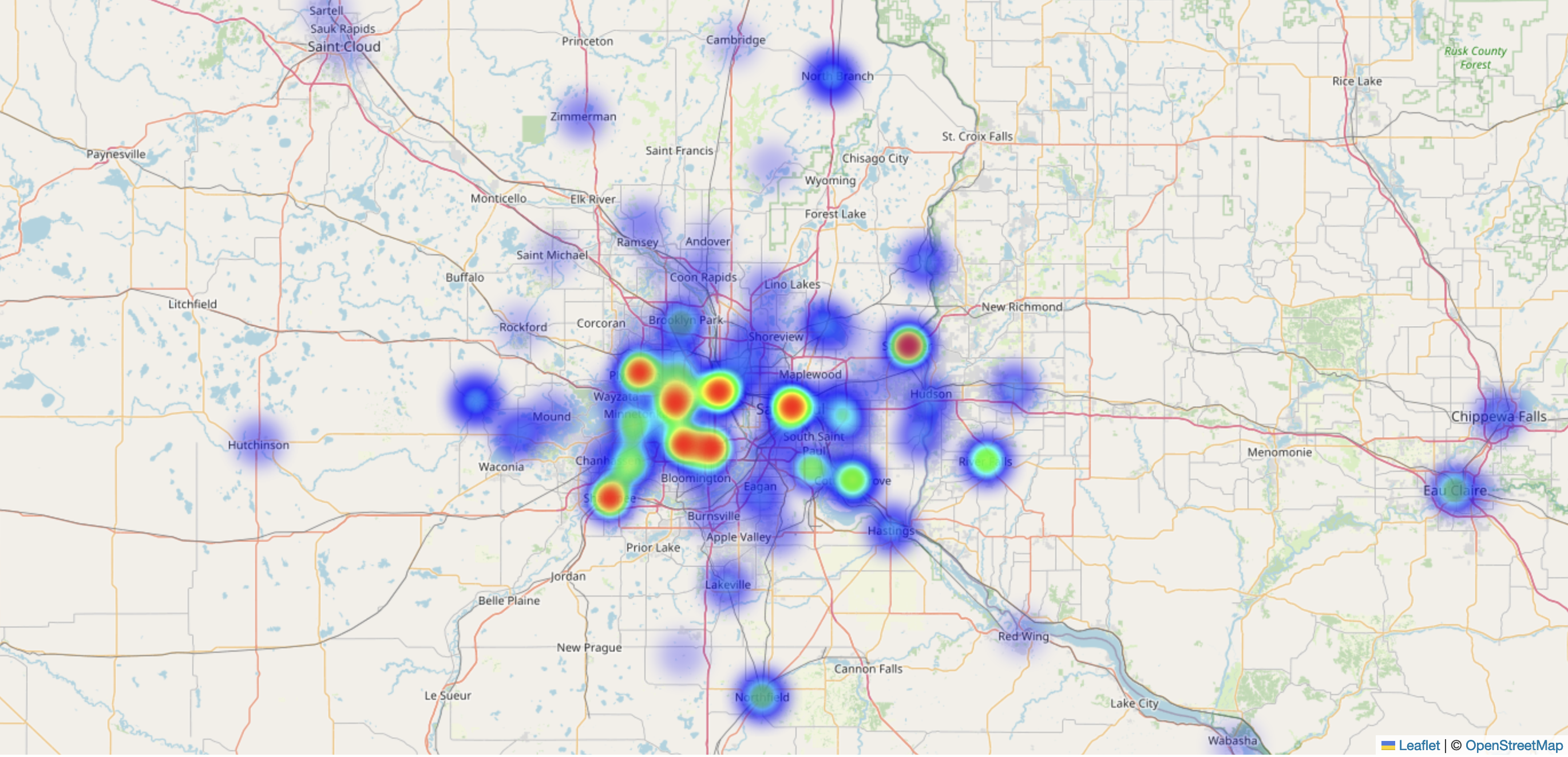My Research
I’m a scientist (cHemist, engineer) who enjoys learning (one of the reasons I’m still in school) and playing. Luckily, there are days in the lab that I consider playtime - I enjoy what I do. For those of you who know me (probably 99% of readers), you probably know kind of sort of what I do. But I understand that it can be confusing (my brother thought I developed artificial membranes…equally cool but not my forte). So this post is where I’m going to try to break it down.
I received my bachelors degree in chemistry (ACS certified) from Northern Michigan University in 2012. Towards the end of my undergrad years, I knew I didn’t like “just chemistry” and wanted to move towards a different field that included, just not wholly, chemistry. I was interested in something with a little more application. After a “fifth life crisis” that occurred a few months before graduation, I gained interest in biomedical engineering. (This was thanks to a google search - shoutout to google for saving my life!) The field of biomedical engineering (BME) is very broad and so much of it sounded interesting. As the title suggests, it’s a nice mix of science, medicine, and engineering. I applied to a few universities’ grad programs in BME but after speaking with my current advisor at the University of Memphis, my excitement was through the roof so I packed up my things and moved south (yee haw).
This past May, I graduated with my masters in biomedical engineering from the University of Memphis (go tigers - rawr!). My studies focused on ion-selective electrodes (ISEs). “But what are these ISEs, Jenny?” Well, let me tell ya!
Let’s say you go to the doctor to get a routine blood test. The nice doctor is going to draw your blood and run it through a fancy instrument that will tell him/her what’s in your blood. For example, how much potassium you have, your glucose levels (related to diabetes), if you have low calcium (have you broken any bones lately?!), if you should cool it on your salt intake (sodium), and a lot of other important blood levels to make sure you’re healthy.
Well it is I that designs what is in those fancy instruments so that you may know what’s in your blood. (Not just me, luckily, but I’m one of them!) On the inside of these instruments, there are things called sensors, specifically ion-selective electrodes, because they are electrodes that detect ions [potassium (K+), sodium (Na+), calcium (Ca2+), etc.]. The symbols might look familiar from high school chemistry? Or maybe first-year chemistry in college? They exist in real life, too! Now you may ask, “Well if I can go to the doctor today and get those measurements from this fancy machine, why are you designing new sensors? What’s wrong with the current ones?”
Wow, you ask some great questions.
The issue with some of these sensors is that I’m sure some of you have gone to the doctor to have your blood drawn and they say, “Ok, you’ll have your results in about a week”. But…we live in a “now” world. We want it now. If you say, “No, not me. I’m a patient person.”, then you’re lying. You and I both know how frustrated you get when your cashier at the grocery store is a little more interested in chatting than getting you out the door and home for dinner. Mmhmmm
So what I’m working on is how to make ISEs that not only give quick results but sensors that are also affordable. And to make these affordable, it often means they need to last for multiple tests (a lot of blood samples). This involves a lot of research because making something that lasts a long time, as with any product, can be difficult. This is especially true when the product of concern essentially determines a patient’s treatment.
So now I find myself in Turku, Finland, continuing my PhD studies at Åbo Akademi University. Most of my posts (if not all) in the next 4 months will be about my time here. They’ll include tidbits about my life in the lab, in the city, and my travels in this lovely part of the world :)
It’s science, it’s cool.





Leave a Comment